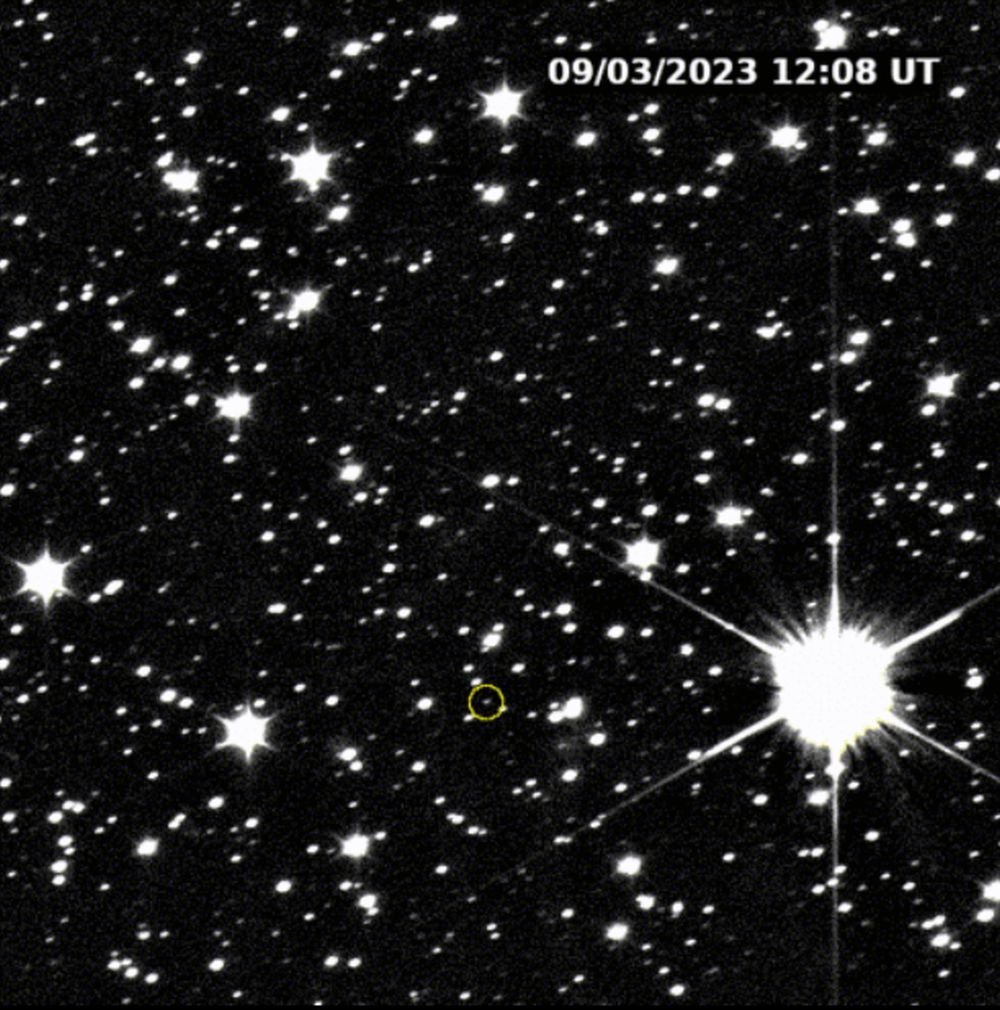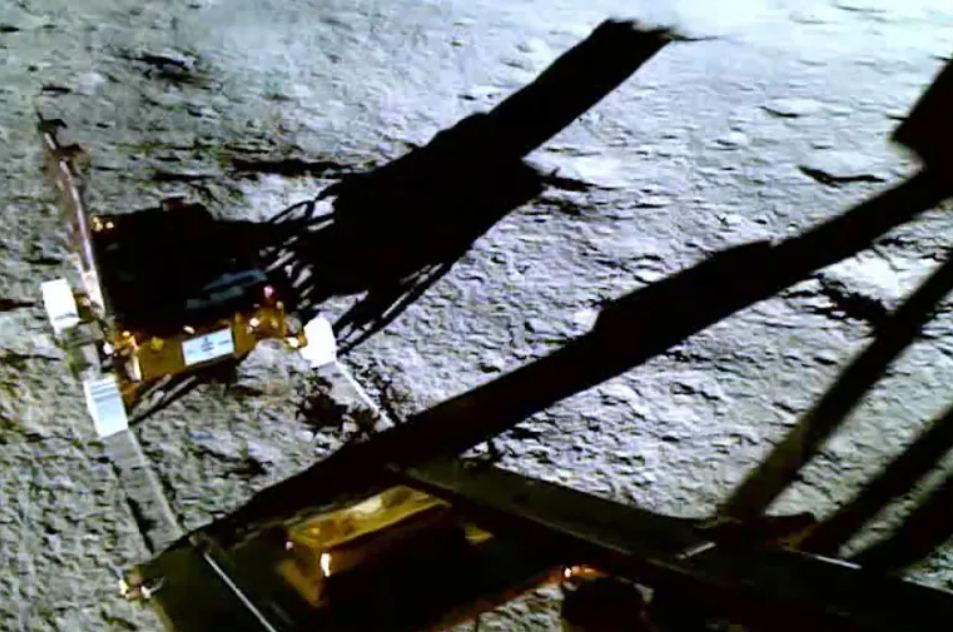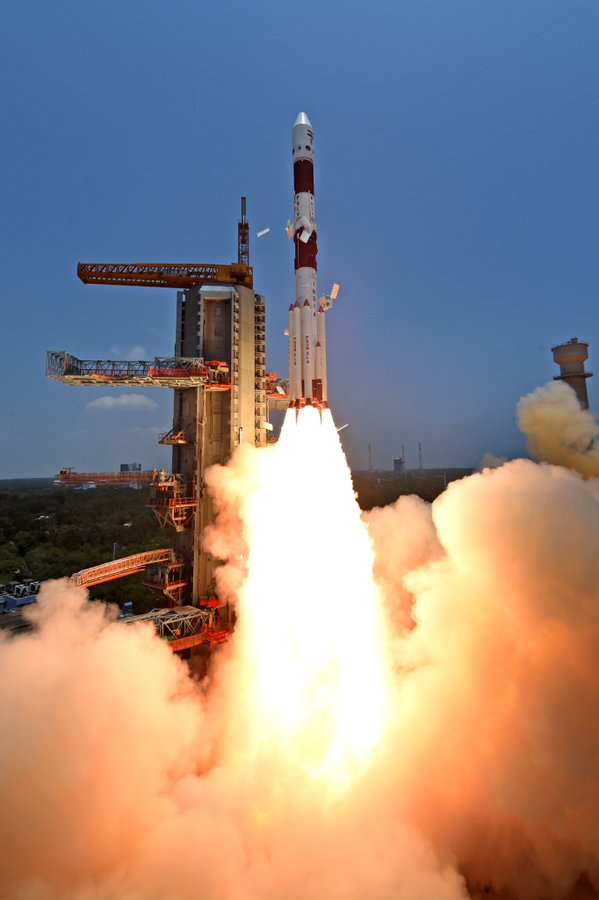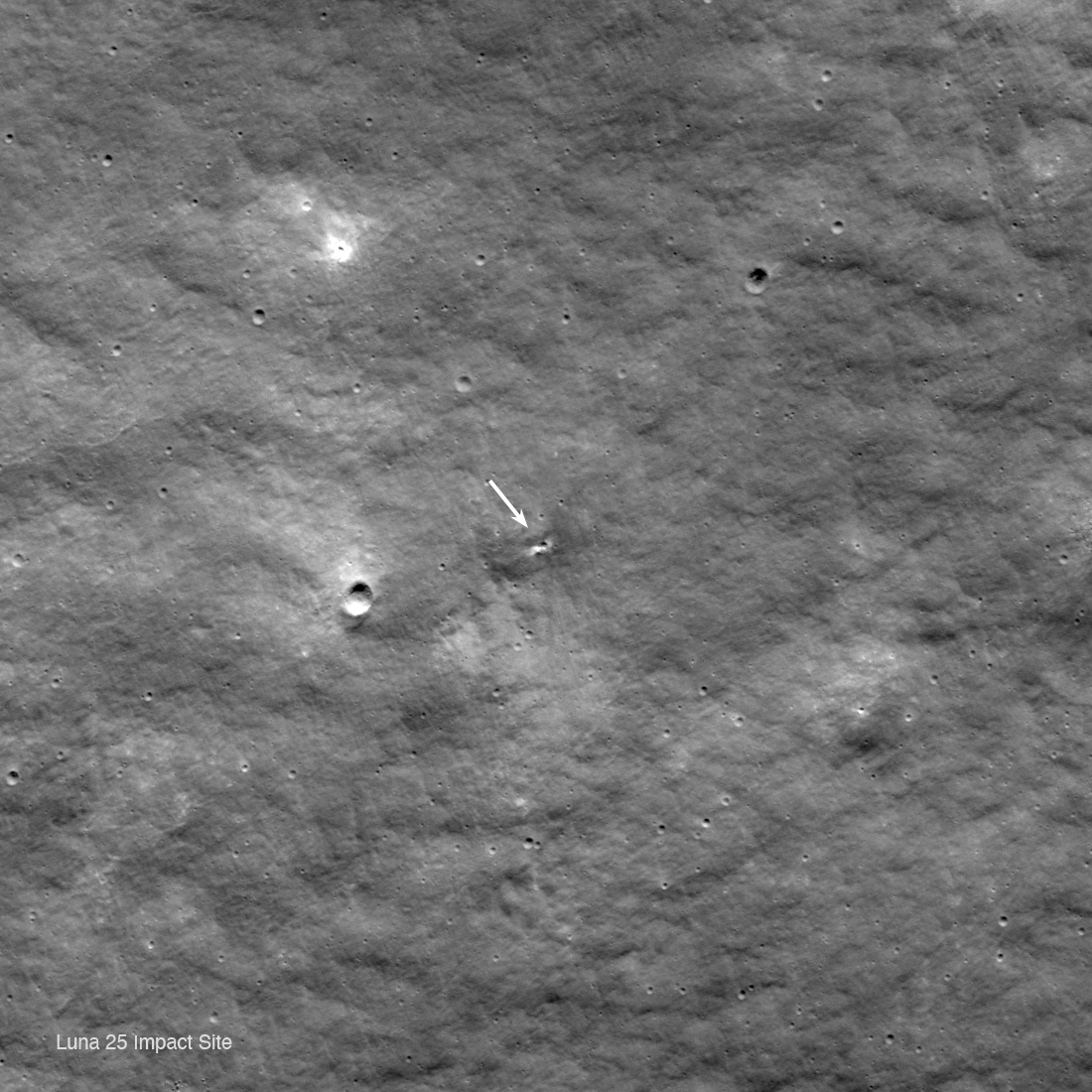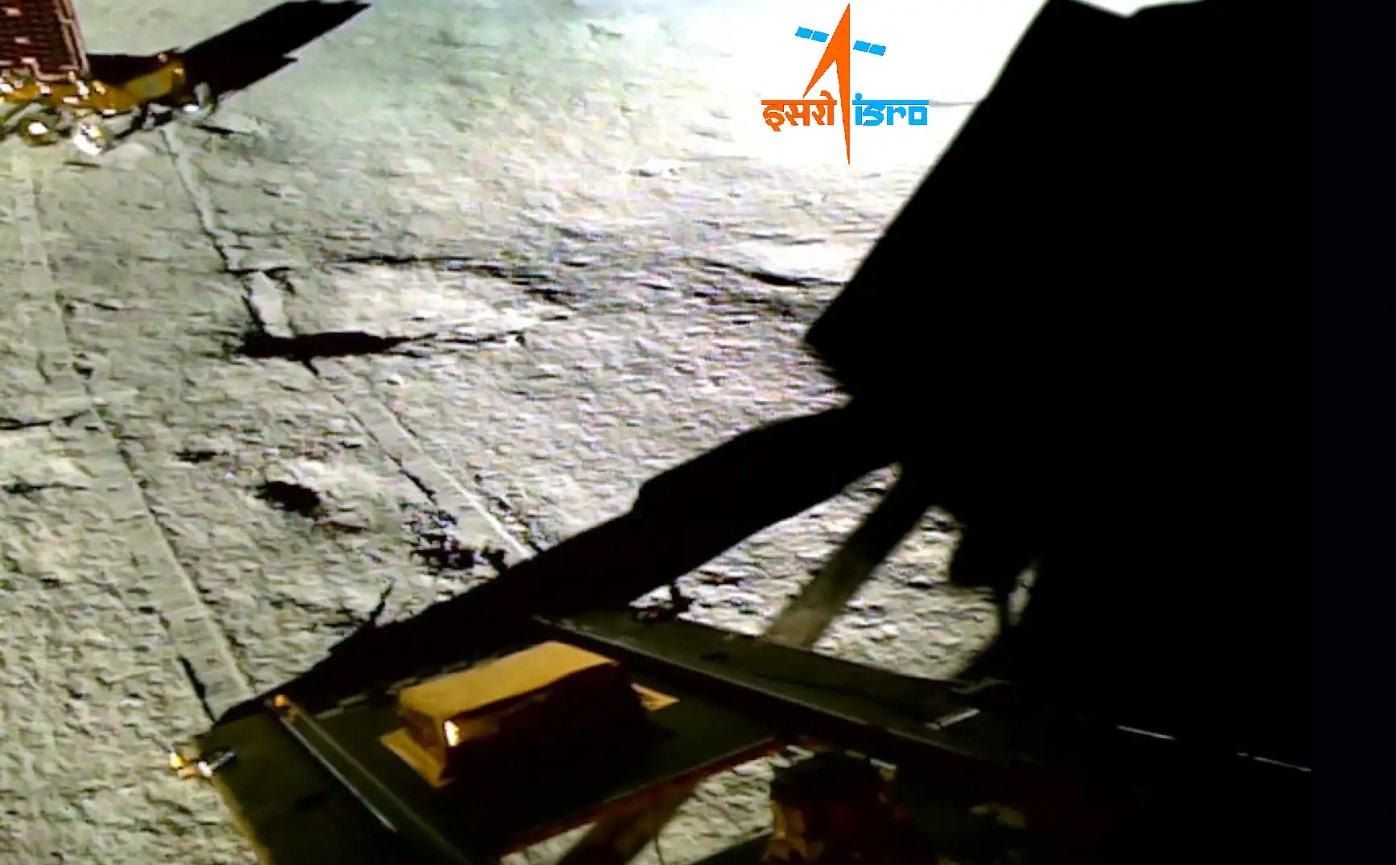NASA’s Perseverance Rover has been exploring Mars for more than 900 sols. It’s the most scientifically advanced rover ever built and has opened our eyes wider to Mars and the possibility that it hosted life. The rover’s crowning achievement is preparing samples for eventual return to Earth, an important next step in understanding Mars.
But it can’t do any of its work without moving effectively and efficiently on the Martian surface. And in this regard, Perseverance and its autopilot are setting some serious records.
Continue reading “NASA’s Perseverance Rover is Setting Records on Mars”

